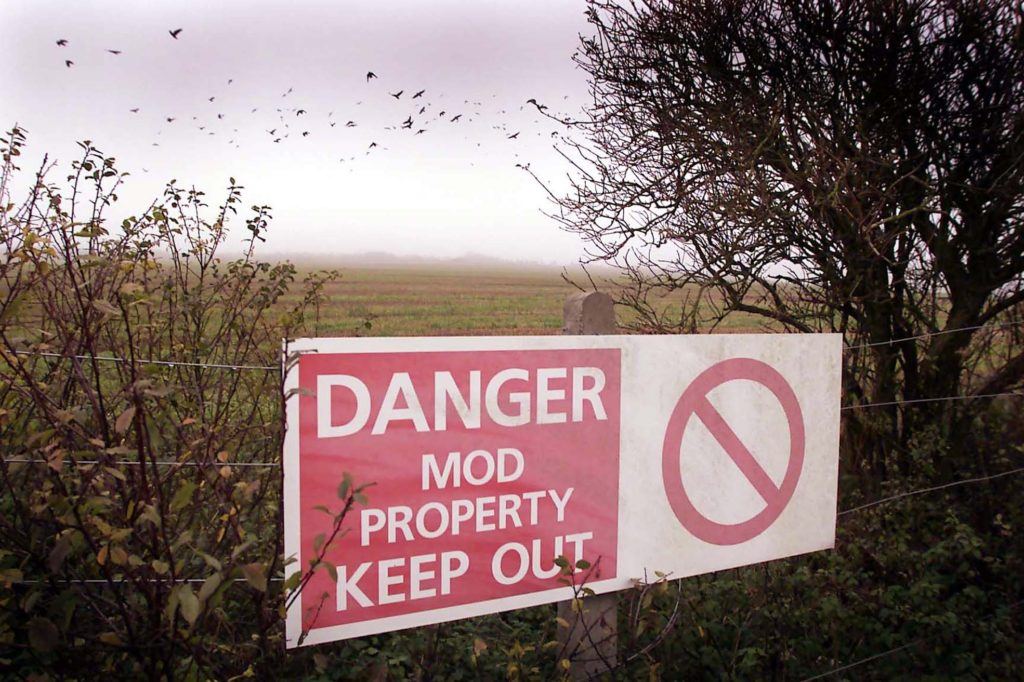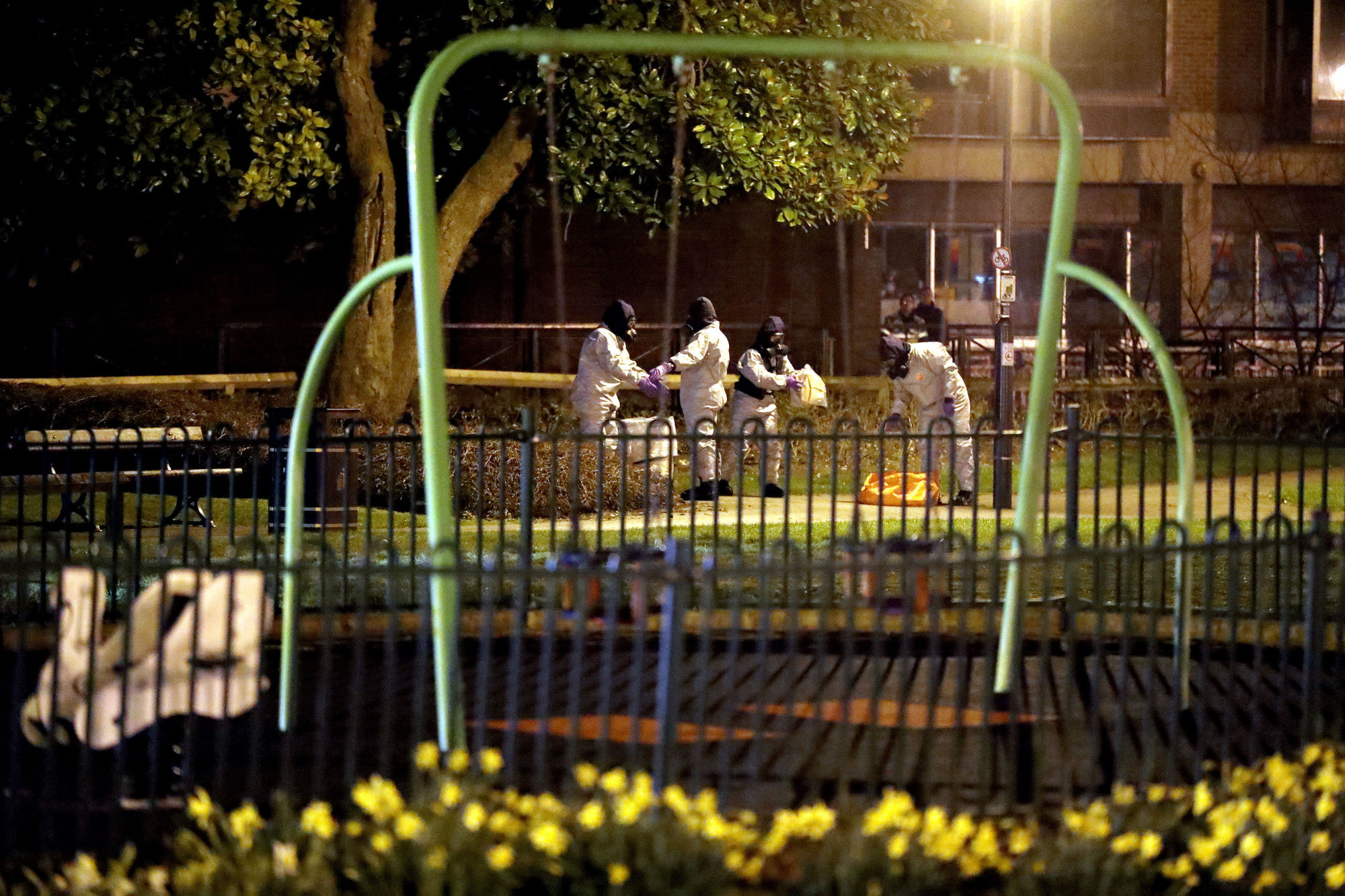Dawn breaks behind Salisbury Cathedral as a frost covers the ground in the Harnham Water Meadows in Salisbury, Wiltshire.
When I was at school in Salisbury, a teacher once told me – with just a hint of pride – that, come the Third World War, our home town was third on the Soviet hitlist of British places to be nuked. Two bombs would be detonated over the North Sea, for reasons that I don’t quite recall; and then, ahead of London, it would be the turn of Salisbury. Impressively, the teacher was even able to specify the precise target: Beach’s, a second-hand bookshop housed in a 14thcentury town-house just outside the cathedral close. This, for a 12-year-old in 1980, the year of Solidarity and Reagan’s election as US president, was unsettling news.
Presumably – unless my teacher was a spy, which I have reasonable grounds to assume he wasn’t – all this was nonsense. Nevertheless, it did have a spectral aura of plausibility. North of Salisbury, dotting its eponymous plain, lay a host of army bases. South of it were the Chilmark quarries, excavated during the construction of the city’s cathedral, and where the Ministry of Defence was darkly rumoured to host an array of top secret weapons, wheeled around on silent trains.

Most sinister of all was Porton Down, Britain’s top secret military research facility, where boffins in white coats and gas masks were confidently assumed by all of us at school to be breeding killer monkeys and cooking up cocktails of lethal pathogens. “Just one shattered test-tube to wipe out the world,” as Peter Hammill put it in his 1979 song about the base. Growing up in Salisbury during the Cold War, we were never allowed to forget that Lord of the Flies – that terrifying pathologist’s report on the human capacity for violence, all set against a background of nuclear war – had been written by a schoolmaster working in the city.
Yet it was not all jitters and foreboding. If there was rarely a day, as a child, when I did not look at the cathedral, and wonder what it would be like to see its great spire vanish in a flash of blinding light, then this was in large part because, daring myself to contemplate my deepest fear, I knew in my heart of hearts that it would never happen. My confidence in the deep and ancient magic of the landscape around the city ran too deep to imagine that it could ever truly be destroyed.
Broadchalke, the village some eight miles from Salisbury where I grew up, had been the home back in the 17th century of John Aubrey: a biographer, an antiquarian, a tireless recorder of curiosities, and wonders, and old wives tales. “I was inclined by my genius from childhood to the love of antiquities,” he wrote, “and my Fate dropt me in a countrey most suitable for such enquiries.”
He it was who first proposed that Stonehenge – far from being a Roman or a Viking construction, as his contemporaries tended to assume – had been erected by the Druids. Aubrey got that wrong; but the theory was on the right lines. That the great stones were, in reality, a millennium and a half older than the Druids only rendered even more haunting the sense of mystery that clung to the landscape around Salisbury, and to which Aubrey had responded with such sensitivity and insight. The menace of Porton Down was less potent in my imaginings than the eeriness of the prehistoric monuments that dotted Salisbury Plain. Dread of the future always took second place to awe at my home town’s past.

 Main Edition
Main Edition US
US FR
FR







Join the discussion
Join like minded readers that support our journalism by becoming a paid subscriber
To join the discussion in the comments, become a paid subscriber.
Join like minded readers that support our journalism, read unlimited articles and enjoy other subscriber-only benefits.
Subscribe